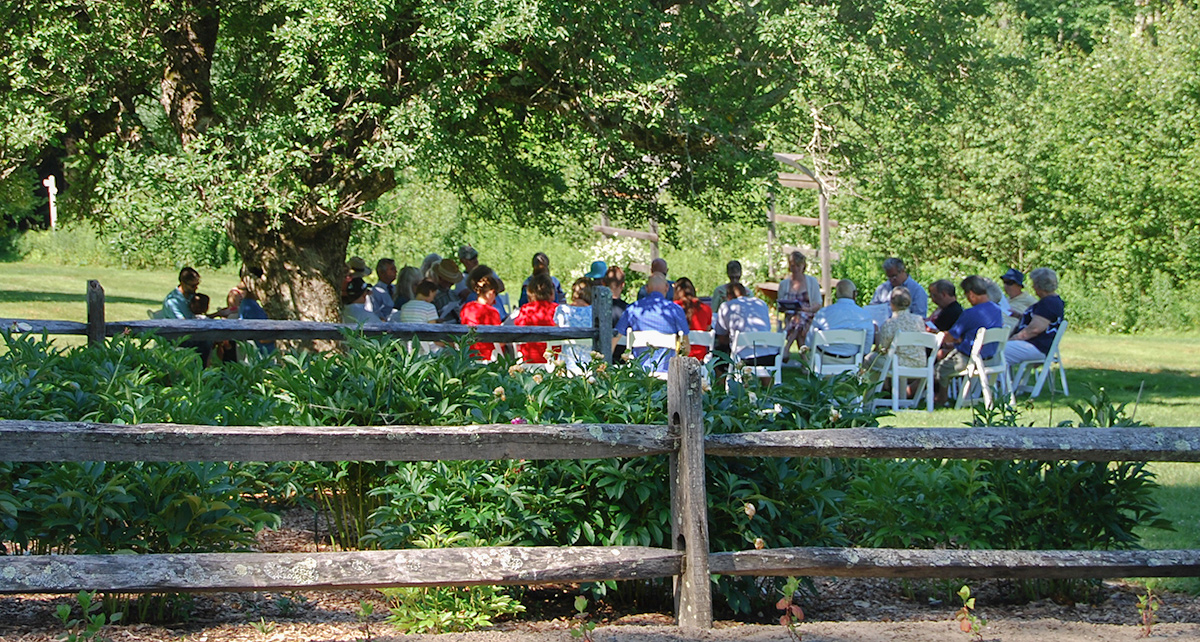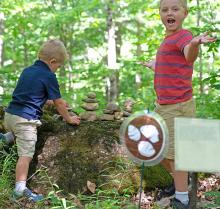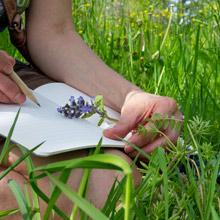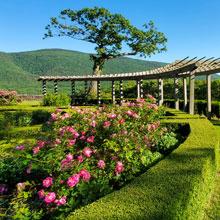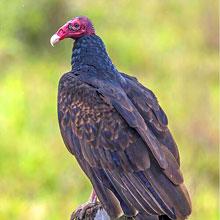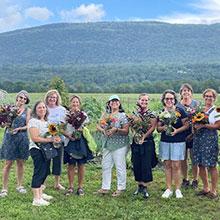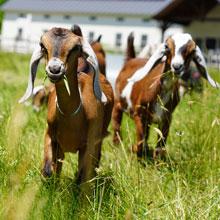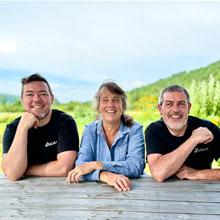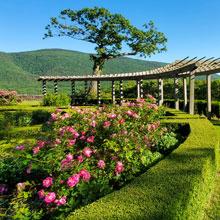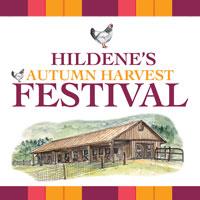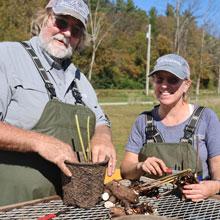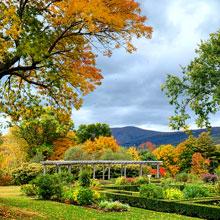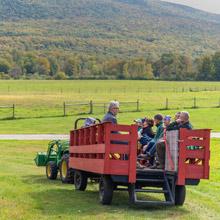Looking for a fun way to nurture your child’s appreciation for the natural world? Check out our self-guided Into the Woods exploration backpack which contains all the essential tools and activity cards for discovery. Through a series of stops along a Hildene trail, children will engage in hands-on forest activities. Suggested for ages 5 to 10, the adventure is intended to take between 1- 2 hours. FREE with admission.
The pack is designed for 1 to 3 children, but more could participate if they are willing to share tools. While packs may be checked out from The Museum Store, it is recommended that you reserve one in advance by contacting Stephanie at (802) 367-7960 or click to email.
